Circa 2014
Spacesuits of the future may resemble a streamlined second skin.
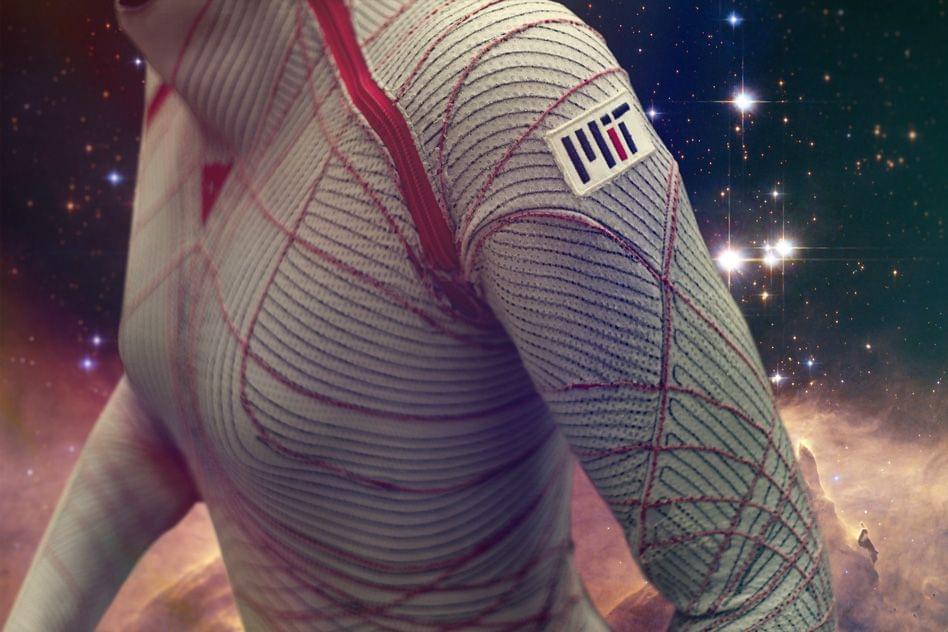
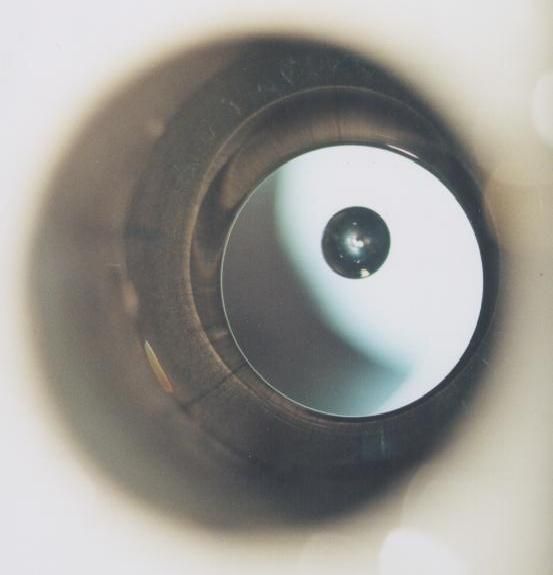

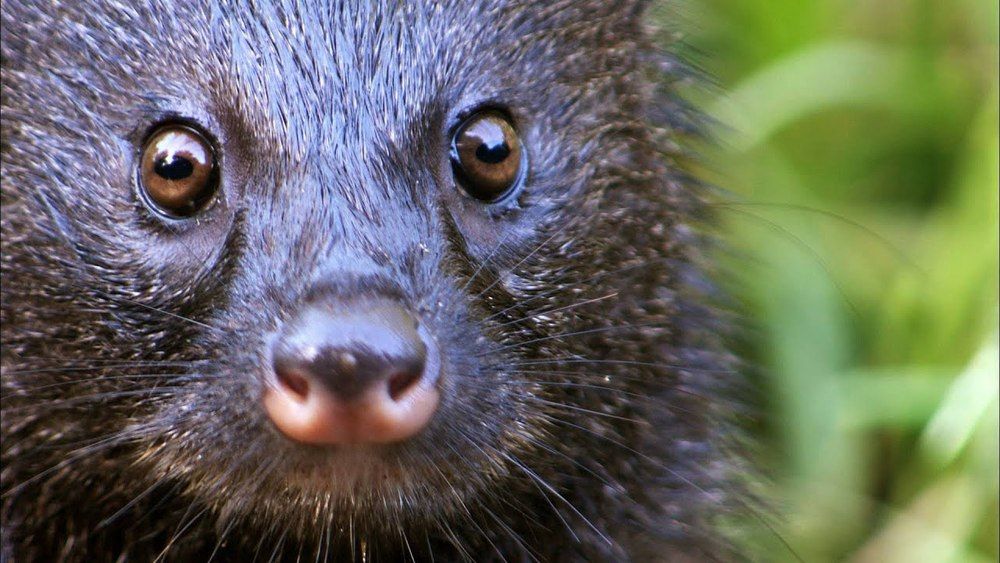
Circa 2018 o.,.o.
Rock singer Steve Ludwin has been injecting himself with snake venom for 30 years. In a strange twist, his bizarre habit could now save thousands of lives. His former partner Britt Collins tells his outlandish story.
Ow they are coming for you.
You can add giant swarms of flying ants to your 2020 scary-sounding insects Bingo card alongside murder hornets and hordes of noisy cicadas.
The UK’s Met Office shared radar imagery that showed the ants flying over the southeast part of the country.
“It’s not raining in London, Kent or Sussex, but our radar says otherwise,” it said in a tweet on Friday.
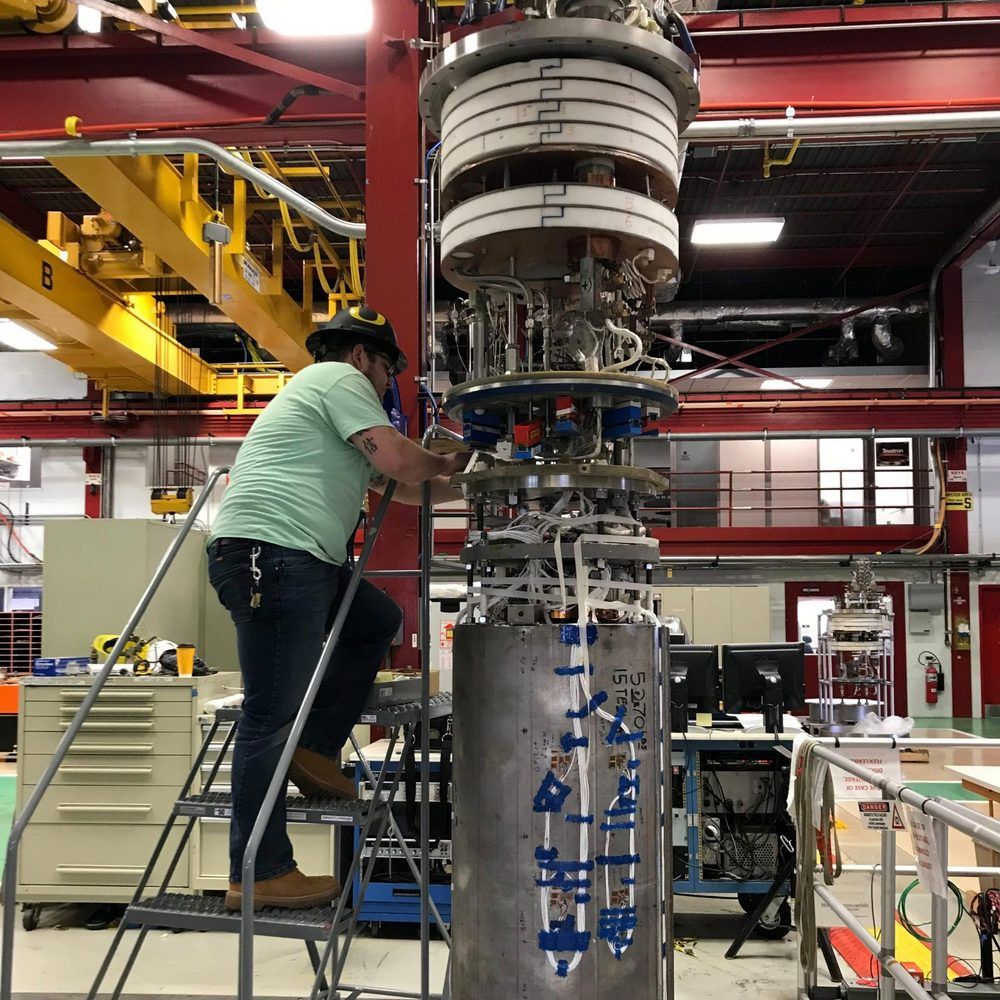
The Fermilab magnet team has done it again. After setting a world record for an accelerator magnet in 2019, they have broken it a year later.
In a June 2020 test, a demonstrator magnet designed and built by the magnet team at the Department of Energy’s Fermilab achieved a 14.5-tesla field strength for an accelerator steering dipole magnet, surpassing their previous record of 14.1 T.
This test is an important step toward addressing the demanding magnet requirements of a future hadron collider under discussion in the particle physics community. If built, such a collider would be four times larger and almost eight times more powerful than the 17-mile-circumference Large Hadron Collider at the European laboratory CERN, which operates at a steering field of 7.8 T. Current future-collider designs estimate the field strength for a steering magnet — the magnet responsible for bending particle beams around a curve — to be up to 16 T.


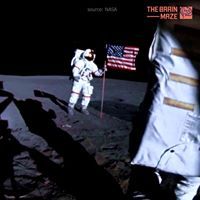
The historic moment when Shepard and Mitchell deploy the US flag on the lunar surface. The video was shot at 12 frames per second, but this video is presented at 24 frames per second.
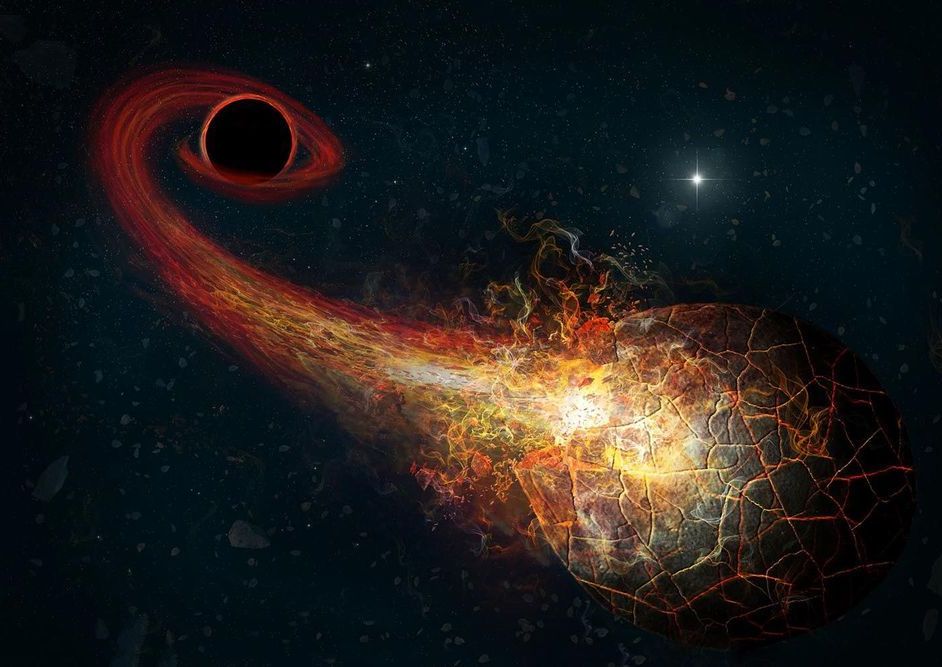
Scientists at Harvard University and the Black Hole Initiative (BHI) have developed a new method to find black holes in the outer solar system, and along with it, determine once-and-for-all the true nature of the hypothesized Planet Nine. The paper, accepted to, highlights the ability of the future Legacy Survey of Space and Time (LSST) mission to observe accretion flares, the presence of which could prove or rule out Planet Nine as a black hole.
Dr. Avi Loeb, Frank B. Baird Jr. Professor of Science at Harvard, and Amir Siraj, a Harvard undergraduate student, have developed the new method to search for black holes in the outer solar system, based on flares that result from the disruption of intercepted comets. The study suggests that the LSST has the capability to find black holes by observing for accretion flares resulting from the impact of small Oort cloud objects.
“In the vicinity of a black hole, small bodies that approach it will melt as a result of heating from the background accretion of gas from the interstellar medium onto the black hole,” said Siraj. “Once they melt, the small bodies are subject to tidal disruption by the black hole, followed by accretion from the tidally disrupted body onto the black hole.” Loeb added, “Because black holes are intrinsically dark, the radiation that matter emits on its way to the mouth of the black hole is our only way to illuminate this dark environment.”